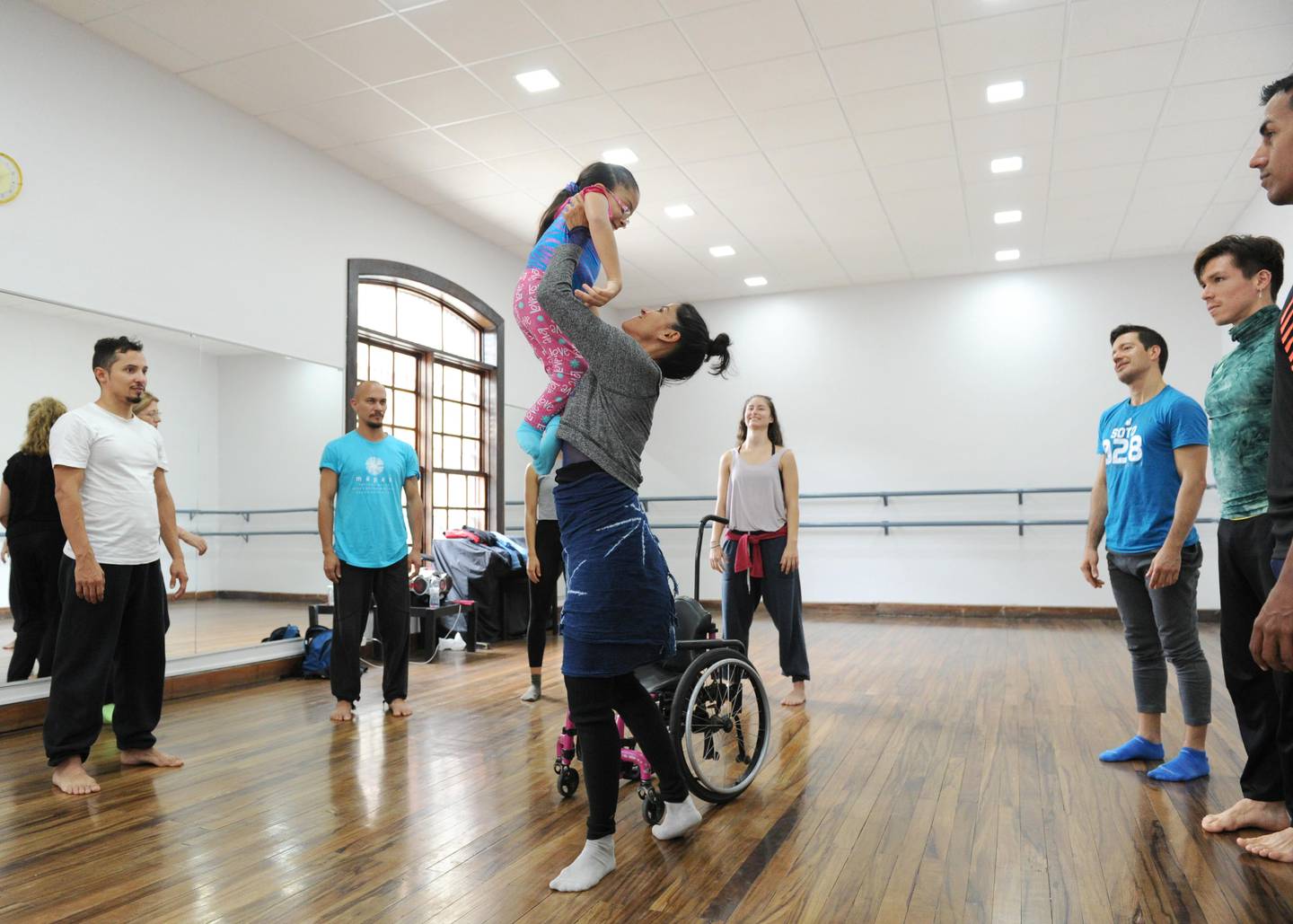- Introduction: Embracing the Power of Dance
- Understanding Inclusivity in the Dance Community
- Breaking Stereotypes: Celebrating the Abilities of Dancers with Disabilities
- Accessible Dance Practices and Techniques
- The Role of Dance in Empowering Individuals with Disabilities
- Highlighting Inspirational Stories: Dancers Overcoming Challenges
- Creating Inclusive Dance Spaces: Tips for Dance Studios and Companies
- The Impact of Dance Therapy on Individuals with Disabilities
- Advocacy and Support: Organizations Promoting Inclusive Dance
- Conclusion: Spreading the Joy of Dance to All Abilities
Introduction: Embracing the Power of Dance
Welcome to the captivating world of dance, where movement transcends barriers and embraces the power of expression. In this article, we will explore the beautiful connection between dance and disability, highlighting the inclusivity, empowerment, and transformative impact that dance can have on individuals of all abilities. Dance is not just a form of artistic expression; it is a universal language that allows us to communicate, connect, and celebrate our unique identities. Regardless of physical or cognitive differences, dance has the extraordinary ability to break down barriers and create a sense of unity among diverse individuals.
Understanding Inclusivity in the Dance Community
Within the dance community, inclusivity is a foundational value that promotes equal opportunities for dancers of all backgrounds and abilities. It encompasses a mindset of acceptance, respect, and support, ensuring that every individual has the chance to participate, learn, and thrive in the world of dance. By embracing inclusivity, the dance community becomes a vibrant tapestry of diverse talents, experiences, and perspectives, enriching the art form as a whole.
Breaking Stereotypes: Celebrating the Abilities of Dancers with Disabilities
It's time to challenge preconceived notions and celebrate the remarkable abilities of dancers with disabilities. These individuals defy limitations and showcase their unique talents through their movements. Whether it's through wheelchair dance, adaptive techniques, or innovative choreography, dancers with disabilities prove that passion and dedication can transcend physical challenges, inspiring audiences worldwide.
Accessible Dance Practices and Techniques
In order to promote inclusivity, the dance community has developed various accessible practices and techniques. These adaptations ensure that individuals with disabilities can fully participate in dance classes and performances. From modified movements to assistive devices, these inclusive practices empower dancers with disabilities to express themselves creatively and pursue their passion for dance.
The Role of Dance in Empowering Individuals with Disabilities
Dance has an extraordinary power to empower individuals with disabilities, both physically and emotionally. Through dance, individuals can develop strength, flexibility, and coordination, improving their overall physical well-being. Moreover, dance provides a platform for self-expression, boosting confidence, and fostering a positive sense of self-identity. The transformative impact of dance extends far beyond the studio, empowering individuals to overcome challenges and embrace their full potential.
Highlighting Inspirational Stories: Dancers Overcoming Challenges
Let us take a moment to celebrate the remarkable resilience and determination of dancers who have overcome significant challenges. Their stories serve as a testament to the power of the human spirit and the transformative nature of dance. From individuals with visual impairments to those with mobility limitations, these dancers inspire us all with their unwavering passion, dedication, and ability to defy expectations.
Creating Inclusive Dance Spaces: Tips for Dance Studios and Companies
To foster inclusivity, dance studios and companies can implement various strategies and policies. Creating accessible environments, providing inclusive training programs, and promoting diverse representation are just a few ways to ensure that dancers of all abilities feel welcome and supported. By embracing inclusivity, dance organizations can contribute to a more inclusive society and help break down the barriers that prevent individuals with disabilities from fully participating in the dance world.
The Impact of Dance Therapy on Individuals with Disabilities
Dance therapy, a form of expressive therapy, has shown immense potential in supporting individuals with disabilities. This therapeutic approach utilizes dance and movement to enhance physical, emotional, and cognitive well-being. Through dance therapy, individuals can improve motor skills, increase self-awareness, and develop effective communication strategies. It offers a holistic approach to healing and personal growth, harnessing the power of dance to promote overall well-being.
Advocacy and Support: Organizations Promoting Inclusive Dance
Across the globe, numerous organizations are dedicated to promoting inclusive dance and advocating for individuals with disabilities. These organizations work tirelessly to break down barriers, create opportunities, and raise awareness about the transformative power of dance. By supporting and collaborating with these organizations, we can collectively promote inclusivity in the dance community and ensure that individuals of all abilities have the chance to experience the joy of dance.
Conclusion: Spreading the Joy of Dance to All Abilities
As we conclude this journey through the world of dance and disability, let us remember that dance knows no boundaries. It is a powerful force that unites us all, celebrating our unique abilities and fostering a sense of belonging. By embracing inclusivity, challenging stereotypes, and promoting accessibility, we can spread the joy of dance to individuals of all abilities, creating a more inclusive and vibrant dance community for generations to come.
Thank you for joining us on this exploration of dance with disability. Let us continue to support and celebrate the remarkable dancers who inspire us with their unwavering passion, resilience, and talent.

